Upon performing NbClust on my data, I found that 5 clusters were determined to be the optimal number according to the majority rule. However, how do I find out which indices produced those 5 clusters?
Also how do I plot this new data and color/group with elipsis? In the past I have used fviz_cluster from the facto package, but usually with a kmeans object. I tried to input my nb but that is a list and hence results in an error. I know I can plot a histogram with the optimal number of clusters, but I am not trying to plot that.
Reproducible Example with iris as an example
library("NbClust")
data(iris)
iris.scaled <- scale(iris[, -5])
set.seed(123)
res.nb <- NbClust(iris.scaled, distance = "euclidean",
min.nc = 2, max.nc = 10,
method = "complete", index ="gap")
res.nb # print the results
fviz_nbclust(res.nb) + theme_minimal()
